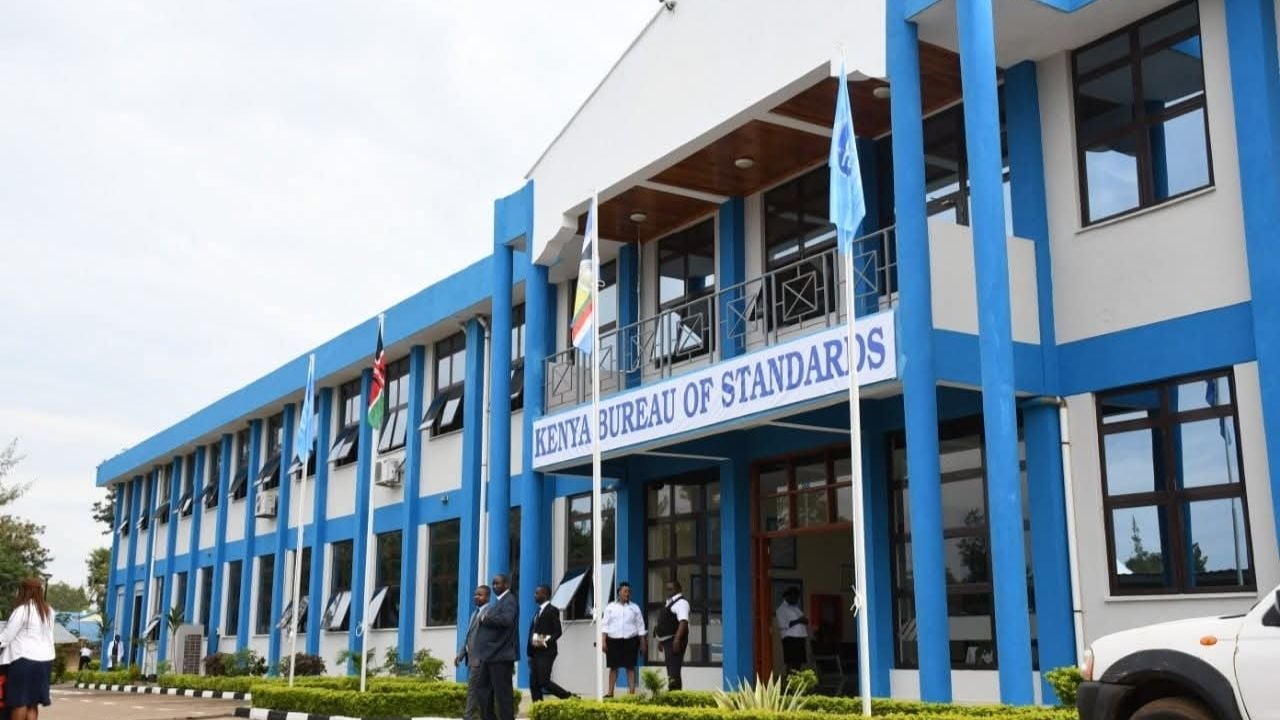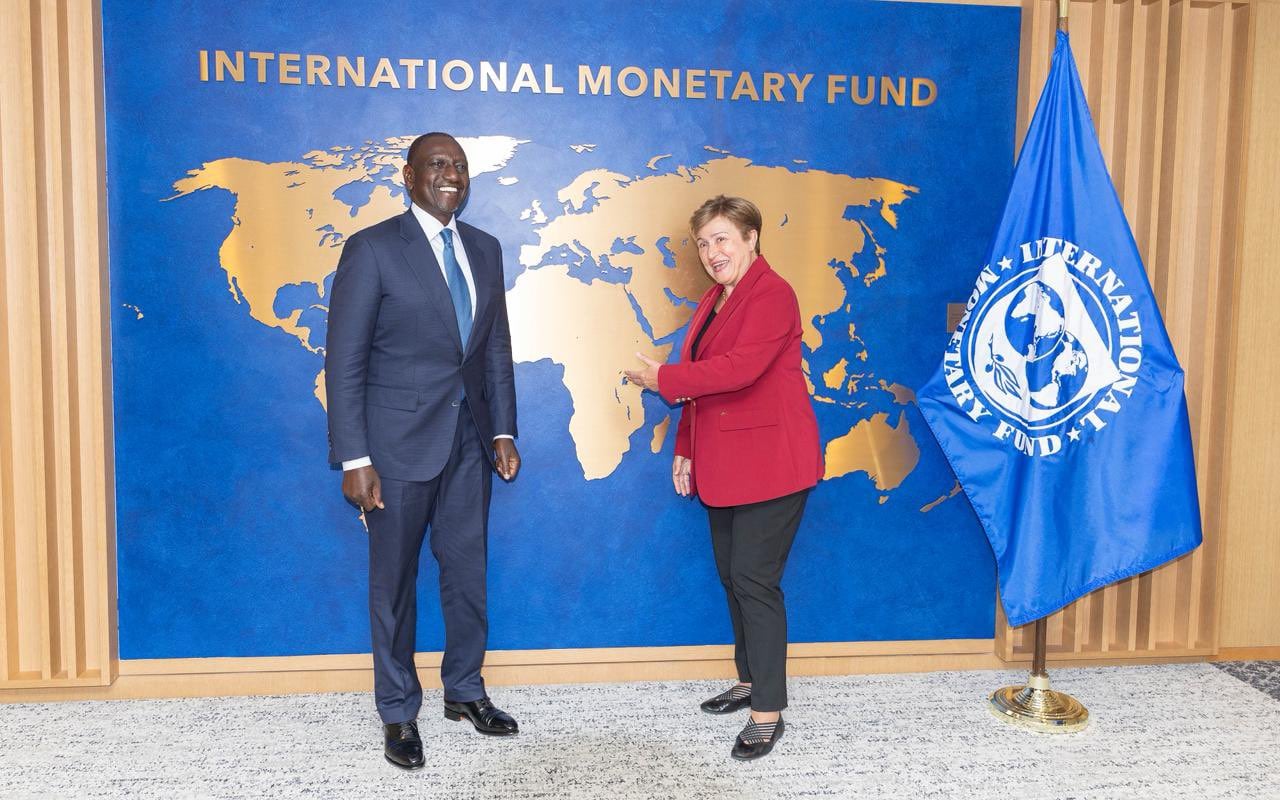The World Bank has revealed that Kenya’s Gross Domestic Product (GDP) accelerated in the first two quarters of 2025.
In a report released on Monday, November 24, the World Bank noted the country’s GDP growth slowed to 4.7 percent in 2024, but in Q1 and Q2 of 2025 it grew to 4.9 percent and 5.0 percent, respectively.
“Real GDP growth slowed to 4.7 percent in 2024, but it accelerated in the first half of 2025, growing by 4.9 percent in Q1-2025 and 5.0 percent in Q2-2025,” read the report in part.
The World Bank attributed the growth in the GDP to the recovering construction sector, the reduction in monetary policy rates, increased public investment, and the payment of road arrears.
The Bretton Woods institution also said inflation is within the Central Bank of Kenya’s target range, the exchange rate has remained stable, and international reserves are at a record high.
Read More

The institution, however, pointed out that the government is still struggling to stick to its budget plans and targets, and the gap between spending and revenue is still large.
“Fiscal slippage persisted in FY2024/25 with the deficit widening to 5.9 percent of GDP, compared to the revised budget target of 4.3 percent.
“The government's efforts to pursue and maintain fiscal consolidation continue to be undermined by weak revenue collection and high rigidity of expenditures, which restrict the ability to make significant adjustments,” the World Bank stated.
Kenya’s current account deficit also widened from 1.5 percent of GDP to 2.5 percent in the 12 months to September 2025.
At the same time, the World Bank observed that the private sector credit is recovering due to a more accommodative monetary policy.
According to the institution, the decline in average lending rates from 16.9 percent in 2024 to 15.1 percent in 2025 made loans affordable, encouraging borrowing.
“After a period of decline throughout 2024 and early 2025, nominal private sector credit grew by 5.0 percent in September 2025 (y/y), reversing the 2.9 percent contraction recorded in January 2025.
“The decline in average lending rates from 16.9 percent in September 2024 to 15.1 percent in September 2025 has improved loan affordability, encouraging increased borrowing in sectors like construction, trade, consumer durables, and agriculture,” the bank stated.
Meanwhile, Kenya’s GDP is anticipated to grow by 4.9 percent on average over the three-year period from 2025 to 2027.
The World Bank said the projection is a result of a faster-than-expected recovery in the construction sector, low inflation, easing monetary policy, and improved credit growth, which are expected to support household incomes and private investment.
“Nevertheless, ongoing uncertainties in global and domestic trade, alongside the ongoing fiscal consolidation process, are likely to moderate growth in the near term,” World Bank noted.
The institution further noted that Kenya’s economic outlook remains exposed to downside risks that could undermine growth, job creation, and macroeconomic stability.
“Ongoing fiscal challenges, including missed consolidation targets and high recurrent expenditures, remain a key source of vulnerability,” the report added.
On May 2025, the institution projected that Kenya’s real GDP growth will rise from 4.5 percent in 2025 to about 5.0 percent by 2027.
In a report, the World Bank said pace would remains highly dependent on the implementation of fiscal reforms and improvements in governance.
The report also showed that increased reliance on domestic borrowing has raised alarms over its impact on the private sector.
It noted that despite easing yields, the larger-than-targeted fiscal deficit and low external financing pushed the government’s domestic borrowing above its target in the first half of FY2024/25.
"Increased domestic borrowing is crowding out private-sector lending. Despite the decline in domestic yields due to easing monetary policy, the larger-than-targeted fiscal deficit and low external financing disbursements in H1 FY2024/25 pushed domestic borrowing above its target and above the previous year's level of borrowing," the report stated.








-1751865372.jpeg)

